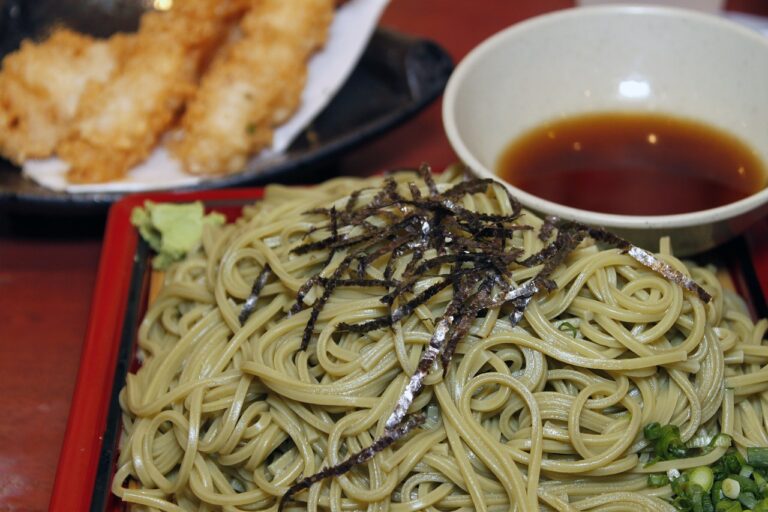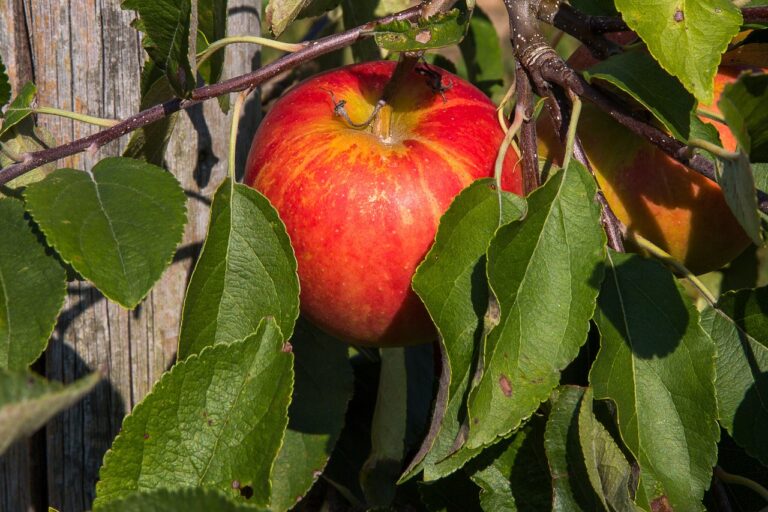Exploring the World of Edible Insects: A Sustainable Protein Source
Throughout history, various societies across the globe have embraced the practice of consuming insects as a valuable food source. In ancient civilizations such as the Aztecs and Mayans, insects like grasshoppers and ants were considered delicacies, rich in nutrients and protein essential for survival in harsh environments.
Moreover, in Asia, particularly in countries like Thailand and China, insects have long been a part of traditional cuisine, adding unique flavors and textures to dishes. From stir-fried crickets to crunchy fried silkworms, these edible insects continue to be enjoyed by many as a cultural delicacy and a sustainable food choice.
Health Benefits of Eating Insects
Insects are a highly nutritious source of food that have been consumed by humans for centuries. Packed with essential nutrients such as protein, fiber, and healthy fats, insects offer a sustainable and eco-friendly alternative to conventional meat sources. Many insects are also rich in micronutrients like iron, zinc, and vitamins, making them a valuable addition to a well-balanced diet. Additionally, some studies have suggested that consuming insects may help boost immune function and support overall health.
Furthermore, insects are a low-fat and low-calorie food option, making them suitable for individuals looking to manage their weight or improve their cardiovascular health. In addition, certain species of insects contain bioactive compounds that have antioxidant properties, which can help combat oxidative stress and inflammation in the body. With their impressive nutritional profile and potential health benefits, incorporating insects into one’s diet may be a wise choice for those seeking to optimize their well-being.
Different Types of Edible Insects
Some of the most commonly consumed edible insects around the world include crickets, mealworms, grasshoppers, and ants. Crickets are often praised for their nutty flavor and crunchy texture, making them a popular choice for insect-based snacks and protein powders. Mealworms are high in protein and can be incorporated into various dishes, both sweet and savory, adding a subtle nutty taste.
Grasshoppers are another popular choice, often known for their earthy and slightly sour flavor profile. They are versatile and can be fried, roasted, or added to soups and salads. Ants are also consumed in many cultures and are valued for their tangy and citrusy taste, which adds a unique flavor dimension to dishes.
• Crickets are praised for their nutty flavor and crunchy texture
• Mealworms are high in protein and can be used in sweet and savory dishes
• Grasshoppers have an earthy and slightly sour flavor profile
• Ants add a tangy and citrusy taste to dishes
What is the history of insect consumption?
Insect consumption dates back thousands of years and has been a common practice in many cultures around the world. Insects have been a valuable food source for many societies due to their abundance and nutritional value.
What are some health benefits of eating insects?
Eating insects can provide a variety of health benefits, as they are rich in protein, vitamins, and minerals. Insects are also a more sustainable and environmentally friendly source of protein compared to traditional livestock.
What are some different types of edible insects?
There are a wide variety of edible insects that are consumed around the world, including crickets, mealworms, grasshoppers, ants, and beetles. Each type of insect offers its own unique flavor and nutritional profile.
Are there any precautions to take when consuming edible insects?
It is important to ensure that the insects are sourced from reputable sources and properly cooked before consumption to avoid any potential health risks. Additionally, individuals with shellfish allergies should be cautious when consuming certain types of insects.







